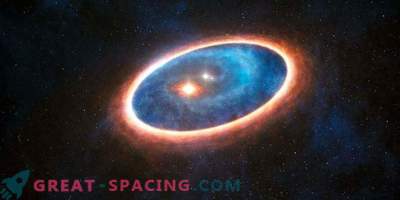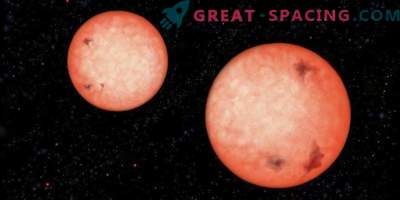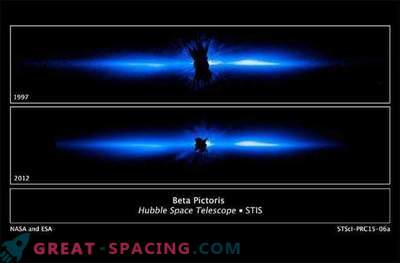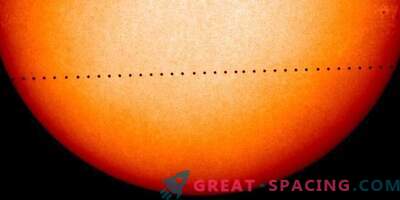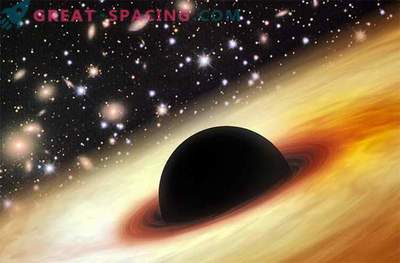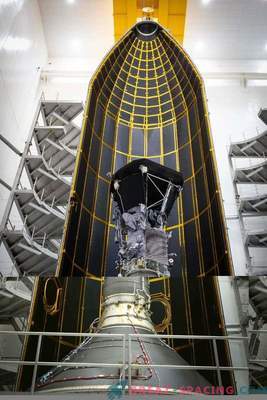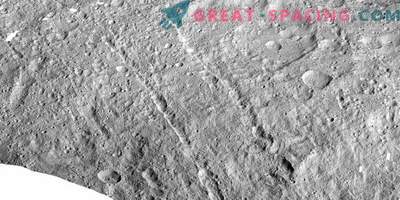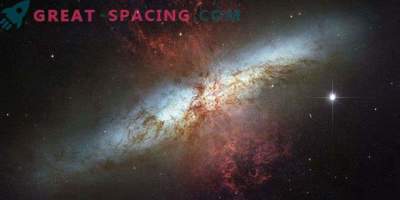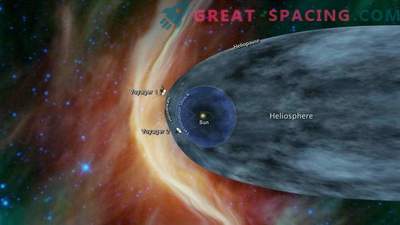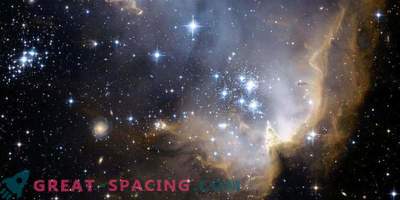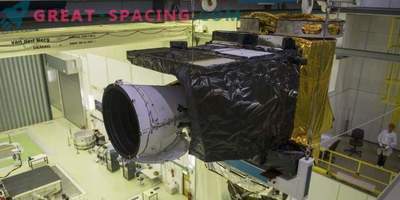
Image MWC 758, made by ALMA. On the left is a dust emission map extracted using super-uniform weighing. Right - a map of the disk plane in a logarithmic scale
Using ALMA (Chile), an international team of researchers reviewed a disk around the star MWC 758. The new review shows a more in-depth understanding of the complex disk morphology.
MWC 758 is the young star of Herbig Ae, 500 light-years distant from us. The disk is pulled out by 3.5 million years, and the accretion rate is 100 million solar masses per year. The peculiarity of the disc is a complex morphology. It has a cavity, covering in a radius of several dozen as well. e., asymmetry in the emission spectrum of dust and two spiral arms observed in near-infrared scattered light. The latter can be spiral density waves triggered by planets exceeding Jupiter’s massiveness several times. The scientists decided to use ALMA to get a more detailed overview of the MWC 758 disk. Observations were made in September 2015 with an angular resolution of 0.1-0.2 inches. The review reflects the system in the form of a solid dust emission at a wavelength of 0.88 mm and in emission lines 13CO and C18O J = 3-2.
The analysis showed that the cavity of the disk pulls on 40 a. e. in radius. There is also an emission of dust, which hints at the presence of an internal disk. There is a twist in the curves of the velocity of the cavity, and the shadow may indicate a slight distortion of the internal disk.
Outside the cavity, the outer disk has two large dust accumulations (47 and 82 a. E.), Which form a double ring structure. ALMA also demonstrated two helixes and two arcuate features. Researchers believe that the bizarre disk morphology is explained by the presence of two massive planets orbiting a star (one in the inner region and the other in the outer one).





